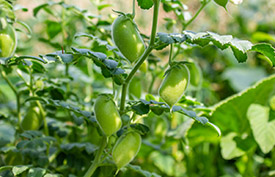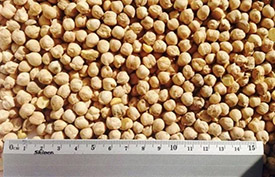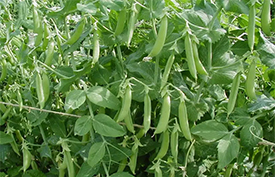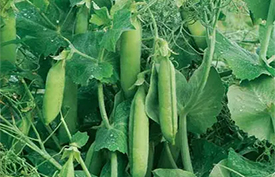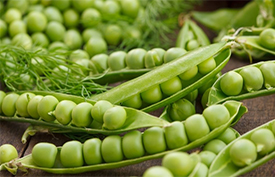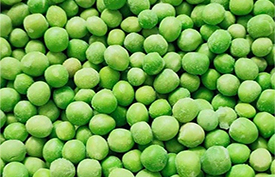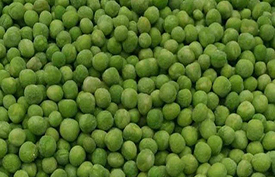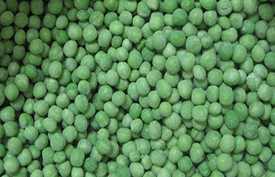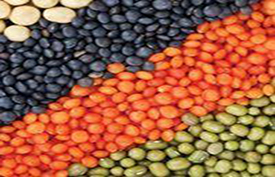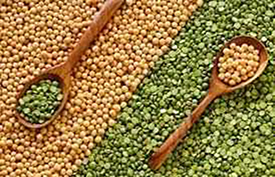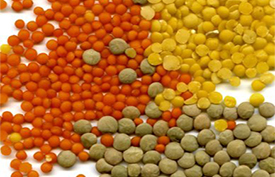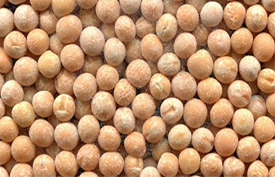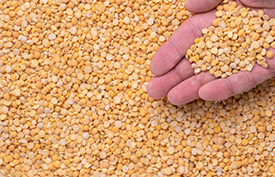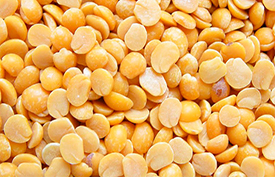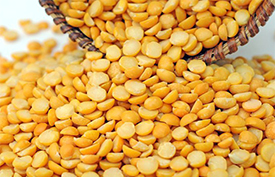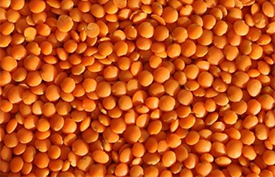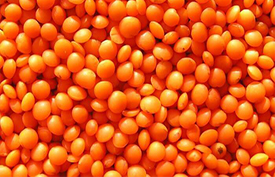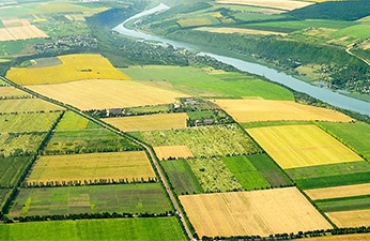Chickpeas, Peas – Pea flour
- Agriculture
- Our Elevators
- Our Certificates
- Our Diplomas
- Organic certification
- European Certification
- Halal Certification
- Wheat - Wheat flour - Mills
- Buckwheat - Buckwheat flour
- Linen Seeds
- Corn – Сorn flour
- Oats – Oat flour
- Rye – Rye flour
- Barley – Barley flour
- Sunflower seed
- Chickpeas, Peas – Pea flour
- Beans
- Soybean seeds
- Pumpkin seeds
- Rape seeds
- Sugar beet pulp
- Beer pellets
- Meal for animal feed
- Production plant L-lysine, Gluten, Alcohol, DDGS, CO2
- Sugar Factory
- Oil Extraction Factory
- Rice Processing Plant
- Milk Powder Production Plant
- Meat Processing Plants
- Fruit Storages
- Bioproducts Plant
- Malt plant
- Cheese production plant
- Aquaculture feed production plant
- Cold Storage and Meat Processing Plants
- Cattle - meat beef
- Pig breed - Pork meat
- Sheep breeds - lamb meat
- Poultry meat
- Chicken egg
- Quail
- African chicken, cisar hen
- Geese meat
- Our beegarden
- Honey
- Bee products
- Gardens
- Containers, packaging and calibration
- Factory for the production of juices and tomato paste.
- Quince
- Pear
- Peaches
- Plum
- Cherry
- Apples
- Apricot
- Berries
- Grape
- Figs
- Mulberry
- Nuts
- Almond
- Watermelon cultivation technology
- Melons
- Transportation
Chickpeas, Peas – Pea flour
Turkey is considered to be the birthplace of chickpeas, which is why they are sometimes called Turkish peas. This is one of the most important legumes domesticated by humans. Even Homer in his Iliad mentions chickpeas. In ancient Rome, chickpeas served as the main food for the poor, replacing meat and fish. Interestingly, the name of the great Roman orator Cicero is translated as “peas” or “chickpeas”. Numerous assumptions by scientists revolve around this fact. Today, chickpeas are a widespread part of people's diets around the world, and together with experts, we have compiled all the important information about this amazing legume for you.
Chickpeas are increasingly becoming a crucial choice for regions with arid climates due to their superior tolerance to soil drought compared to other legumes. Although dark-seeded varieties boast a higher protein content and yield, the global market favors white-seeded chickpea varieties. This preference is particularly pronounced in the lands of the Republic of Crimea and the Rostov region.
Chickpea seeds, widely popular in the Middle East, serve as the foundation for preparing traditional dishes like hummus and falafel. These beans, typically short and swollen with 2-3 seeds (sometimes 4-5), outwardly resemble a lamb's head with a diameter ranging from 0.5 mm to 1.5 cm and a color from yellow to very dark. Being a heat-loving crop, chickpeas have a growing season of 90 to 110 days for early ripening varieties and 150 to 220 days for late-ripening varieties.
In addition to their valuable nutritional role, chickpeas also serve as an excellent source of vitamins and minerals, including vitamin C, iron, potassium, magnesium, and folic acid. These elements are essential for maintaining overall health and well-being.
Chickpeas possess a unique ability to enhance soil biological structure, making them a valuable resource for sustainable agriculture. Their capacity to fix nitrogen from the air into the soil can reduce the need for nitrogen fertilizers, promoting cleaner and more sustainable farming practices.
In culinary applications, chickpeas are widely used beyond Middle Eastern dishes. Their distinctive nutty flavor and texture make them an excellent ingredient for salads, soups, and baked goods. Additionally, chickpea flour and chickpea masa bring variety to the world of gastronomy, imparting a special aroma and taste to dishes.
Furthermore, research indicates that incorporating chickpeas into one's diet can have positive effects on overall health, including maintaining normal cholesterol levels, improving metabolism, and even influencing weight loss.


